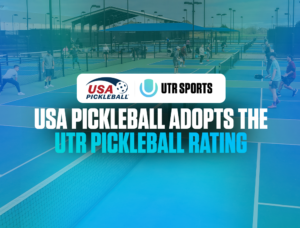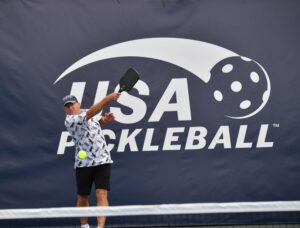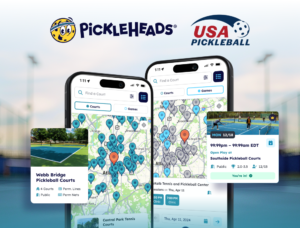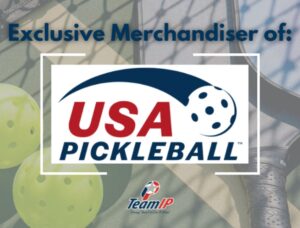Importance of Balance and Proprioception in Pickleball
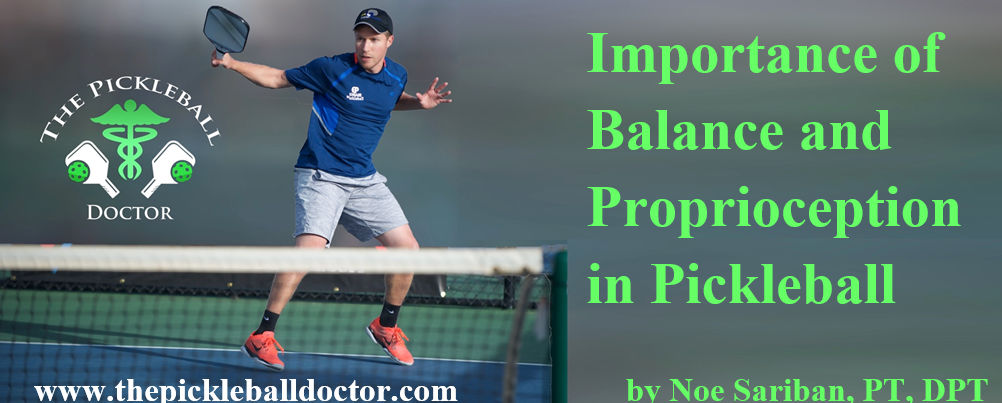
As most of us know, the key to being successful when playing Pickleball is creating scenarios where your opponents are compromised in order to gain an advantage during the rally. Moving the ball around the kitchen and getting your opponents off balance is a great way to create unforced errors. So in order to be successful on the court, improving your balance and reaction strategies can help you stay in a point longer, and possibly avoid making unwanted mistakes. But what is balance, and how can you train it?
There are three main systems in our bodies that control our balance: visual, somatosensory (our brain’s awareness of touch, pressure, and body position also known as proprioception), and vestibular. We mostly rely on visual feedback during regular activities as our eyes are very good at judging depth, and informing our brain on movements needed to balance. However, when playing Pickleball, our head moves a lot, therefore making it harder to rely mostly on vision since our eyes are constantly tracking the ball. Therefore, we have to use our vestibular system (inner ear) and somatosensory information (pressure through our feet) to compensate.
So how does each system affect our balance?
As mentioned earlier, the visual system is our primary feedback mechanism for balance. Our eyes convey most of the needed information to function in our daily activities.
The vestibular system is based in our inner ear. We have two separate components in our inner ears: one that senses linear motion (for example the feeling of going up and down in an elevator), and the other senses rotational motion (sensing motion during a summersault).
The somatosensory system takes all input from touch, pressure, heat, and proprioception to give our brain information about our position in space.
Is important to know that no matter what your current balance level is (poor, fair, good), it can always be improved with targeted exercises. All three systems can be trained, either in isolation or combination. Be sure to tune in to the next article in Pickleball Magazine for specific balance exercises!
|
If you have any questions, you can contact the Pickleball doctor at: thepickleballdoctor@gmail.com
Don’t miss the next issue of USAPA Newsletter for a complete article by The Pickleball Doctor!

